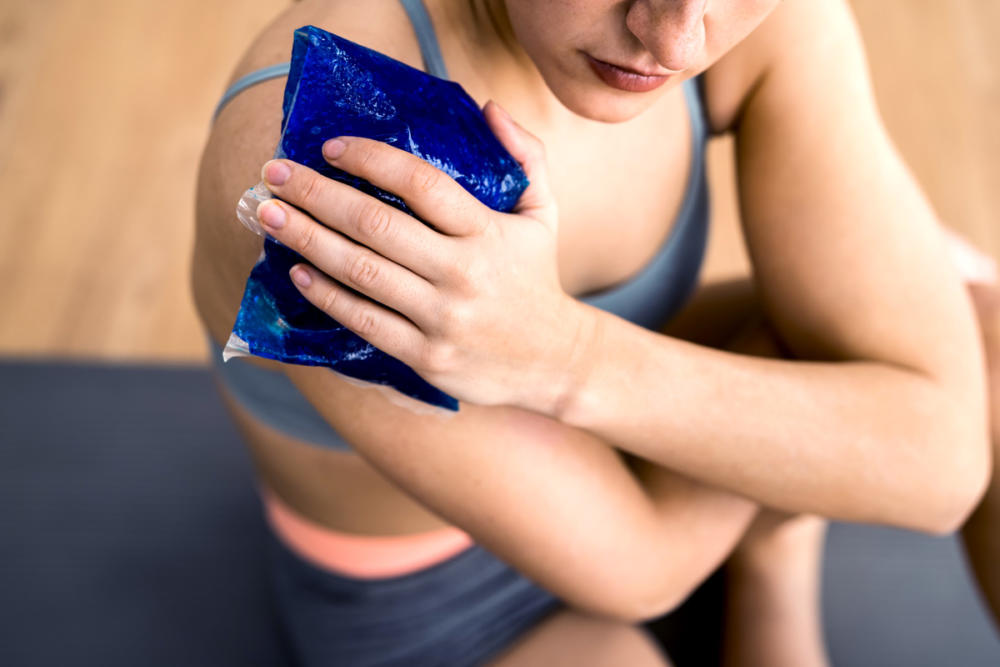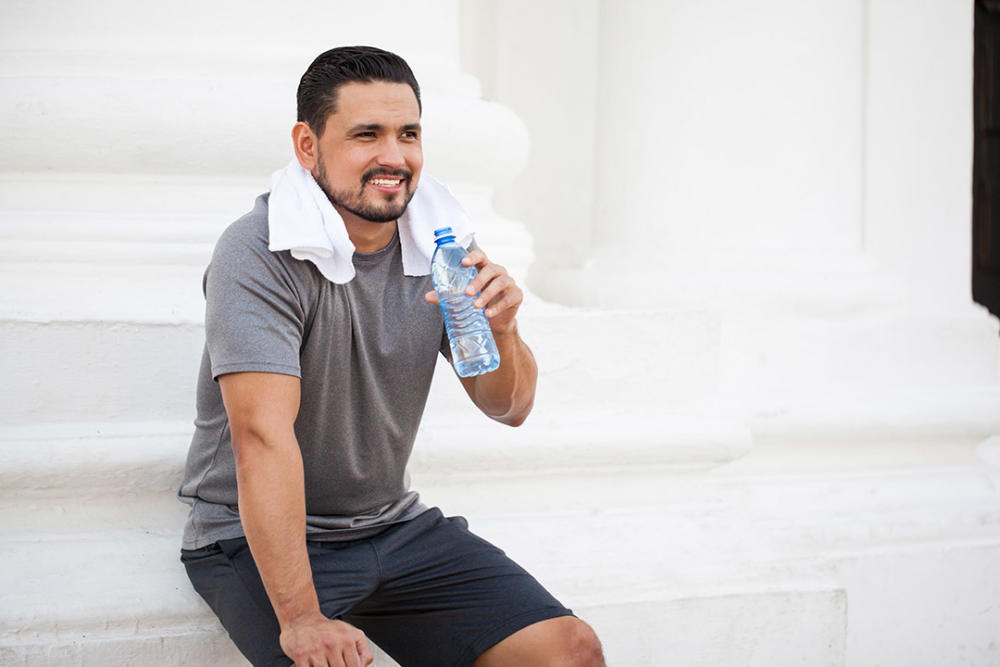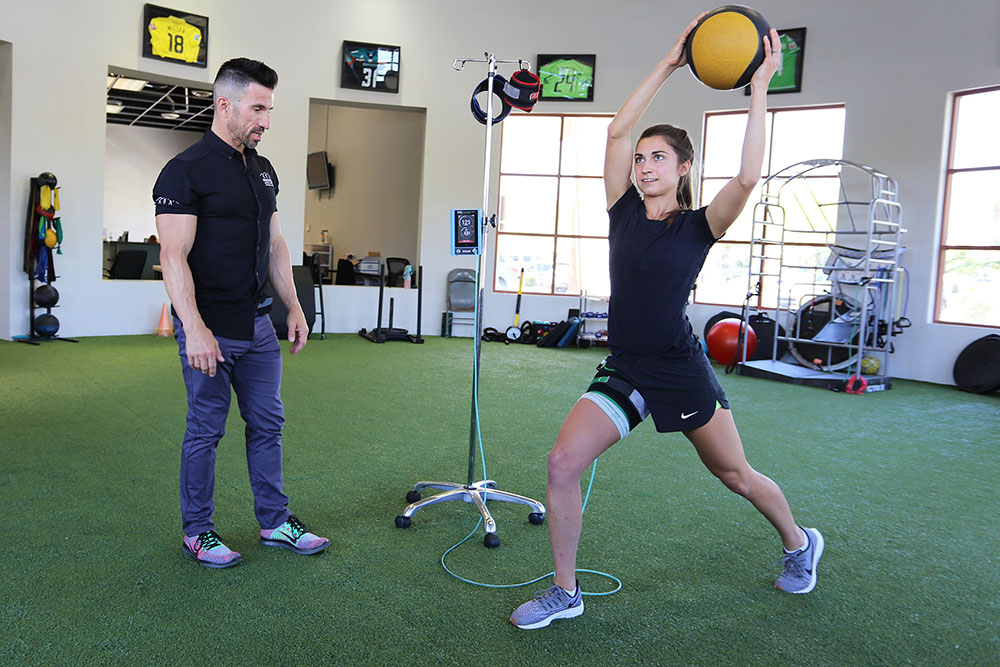As parents we all want our children to be physically active, to pick a sport they enjoy and that also helps them build good skill and fitness. We also want to protect them. We make sure they are careful crossing the street, climbing on the play set, wearing a helmet when riding the bike. We want to protect those precious little noggins.
When we hear of someone suffering from a concussion, we automatically think of Football. Although, this sport does have the highest incidence of concussion rates in sports, it does not have the monopoly on athletic related brain injuries. Concussions can occur in any sport and need to be recognized and cared for properly. Surprisingly to most, soccer (especially girls’ soccer) has one of the highest occurrences of concussions other than football and female players have twice the rate to boys’ soccer.
Some claim that heading of the ball is dangerous and this is what is causing the head injuries in soccer. When we look at how these occur however, we find the majority of the concussions are due to contact with other players, head to head causes the most. Only 24% of concussions occur when making contact with the ball and almost none when intentionally heading the ball. Improper technique and unexpected contact are what causes the ball contact concussions. Some have advocated eliminating heading the ball for younger players while others advocate better coaching to make sure the players are heading properly. Wearing headgear while playing soccer is another controversial subject and the results are still too new and too few to say if they will make an impact in decreasing the concussion incidence.
What we do know is that concussion will occur on the soccer field. We need to be able to recognize when this does happen, know how to handle the situation and when it is safe to return to play. This is difficult in a sport that has few stoppages. The coaches, officials and medical personnel on site need to be aware when a collision incident involving the head occurs and watch for signs of a concussion. The Center for Disease Control and Prevention has designed a program “Heads Up: Concussions in Youth Sports” to help coaches, parents and athletes recognize and deal with the symptoms of concussions. This can be obtained at no charge via their website.
Do you know the signs and symptoms?
One of the mysteries for most people dealing with concussions is being able to recognize when a concussion, however mild, has occurred and when to seek medical attention. Concussions are “graded” on a scale of 1-3. An important thing to remember is, no matter what the grade or whether the injury happens during a game or outside on your backyard play-set, the child should be examined by a physician. Here is a simple way to assess the severity of a possible concussion and what to look for:
Grade 1: This is characterized by some confusion, temporary memory loss, slight nausea, NO loss of consciousness. The symptoms resolve in 15 minutes or less. On the field the player may be out of position or slower to react than they normally would. They may not remember assignments or plays. They may complain of a headache.
Grade 2: This is very similar symptoms to Grade 1 but more severe and lasting longer than 15 minutes yet still NO loss of consciousness. They may be more irritable than normal. Play will look similar to Grade 1 but they may get very frustrated and irritated with their play or any other aspects of their environment.
Grade 3: Loss of consciousness for any length of time is a grade 3 concussion. It may be difficult to recognize if it is brief and before a coach or medical personnel can get there. However, if loss of consciousness is even suspected, the child needs to receive medical attention immediately.
When is it safe to play?
The other difficult aspect in dealing with head injuries is when to return to play. The rules of return are: The athlete needs to be symptom free for 24 hours, at each activity below, before they can move to the next level of activity. Once the athlete is symptom free for 24 hours at rest they can perform:
- Light Aerobic exercises: jogging, stationary bike etc.
- Sport Specific Drills/Exercises
- Non-contact training – then on to…
- Full-contact training
- Return to Games
Concussions and head trauma can be the longest lasting injuries in sports causing problems well past the playing days. With proper recognition and intervention we can minimize the impact of these injures and allow our youth to enjoy all sports safely.



